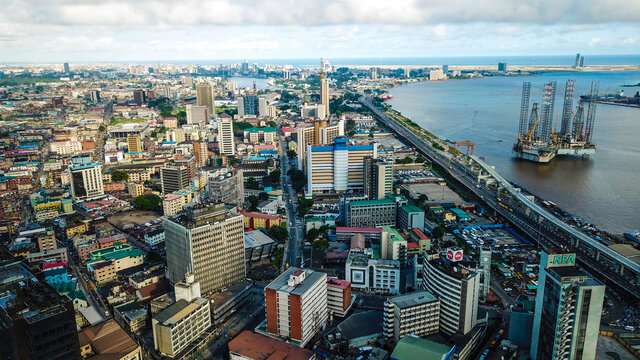
The Federal Government made the declaration during a National Sensitization workshop on implementing the Sendai Framework for disaster risk reduction last week in Abuja, organised by National Emergency Management Agency (NEMA), with support of the United Nations Development Programme (UNDP).
It called for a change in emphasis from managing disasters to managing disaster risk. The Sendai Framework of action is a 15year plan, (2015-2030), expected to help member countries to develop strategies to further reduce disaster risk and build nations and communities resilient to disaster.
Direct economic losses from disasters so far this century are estimated at US$2.5 trillion globally. Losses in 40 low- and middle-income countries amounted to US$305 billion over the last 30 years. In Africa alone, from 1990 to 2012, an average of 152 disasters were recorded per year, the majority triggered by hydro-meteorological hazards such as floods and storms. In 2014, over 6.8 million Africans were affected directly by a total of 114-recorded disasters.
Natural and man-made hazards mesh together to claim lives, ruin livelihoods and undermine development. Integrating risk reduction into all areas of policy and planning is therefore central for sustainable development. Targeted action is needed to deal with underlying risk drivers such as poverty, disease climate change, unplanned urbanization, population growth, poor land management, decimation of ecosystems, and weak governance and policies.
The Sendai Framework has four priorities: improving risk governance, understanding disaster risk, investing in resilience and enhancing preparedness for effective response, recovery, rehabilitation and reconstruction.
Speaking at the workshop, NEMA Director General, Mr. Mohammed Sani-Sidi said the framework present the country with another unique opportunity to commit more efforts towards disaster risk reduction and resilience building. “Substantial reduction of disaster risks requires perseverance and persistence,” he said.
Sani-Sidi further explained that the Sandai Framework was a successor to Hyogo Framework of Action (HFA) (2005-2015) which came to an end this year. According to him, the document guided the implementation of Disaster Risk Reduction activities in Nigeria by reducing the country’s vulnerability and improving resilience.
Nigeria is required to evaluate and report to the United Nations on the implementation of the framework every two years, the he urged stakeholders to be more determined, as substantial reduction of disaster risk requires perseverance, consistency and persistence.
“We must therefore work to prevent new risks and reduce existing ones and where we cannot prevent, we must be ready to build back better. This mean we must adopt a broader and more people centered preventive approach to disaster risk reduction” he stated.
UNDP Country Director, Dr. Pa Lamin Beyai, urged the stakeholders to galvanise strong political will and support to tackle the root causes of disasters toward achieving the goals in Sendai framework.
He said that UNDP intervention focuses not only on disaster preparedness but also on helping communities mitigate the inevitable disaster they face before, during and after they strike.
“This has led to the birth of the Sendai framework 2015 to 2030. The framework which is Sendai framework for disaster risk reduction, adopted at the 3rd UN Convention conference in Sendai, Japan, on 18th March 18, 2015, is continuation of the Hogo framework, as well as introducing a new innovation.
“As you all know, it is a 15-year voluntary non-binding agreement that recognizes the primary role of states in disaster risk reduction, as well as collective and shared responsibilities with other stakeholders. This includes, the local governments, also the private sector, as well as civil society organizations. The unique roles of civil society organizations have been underscored.”
While urging the participants to centre discussion on self-reliance in terms of provision of national resources for disaster risk reduction in Nigeria, Beyai disclosed that UNDP is ready to expand its assistance to include Sendai framework at all levels.











